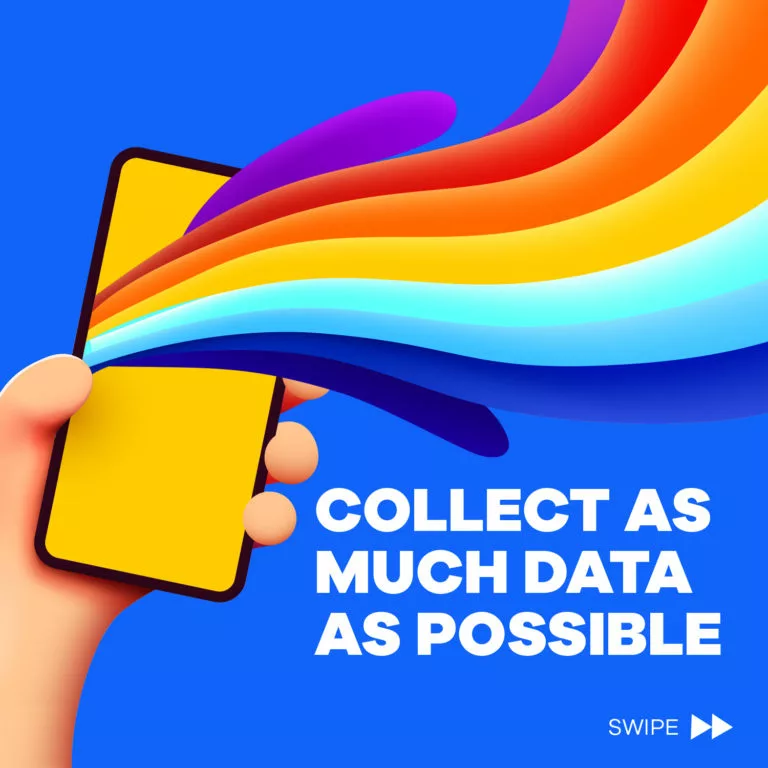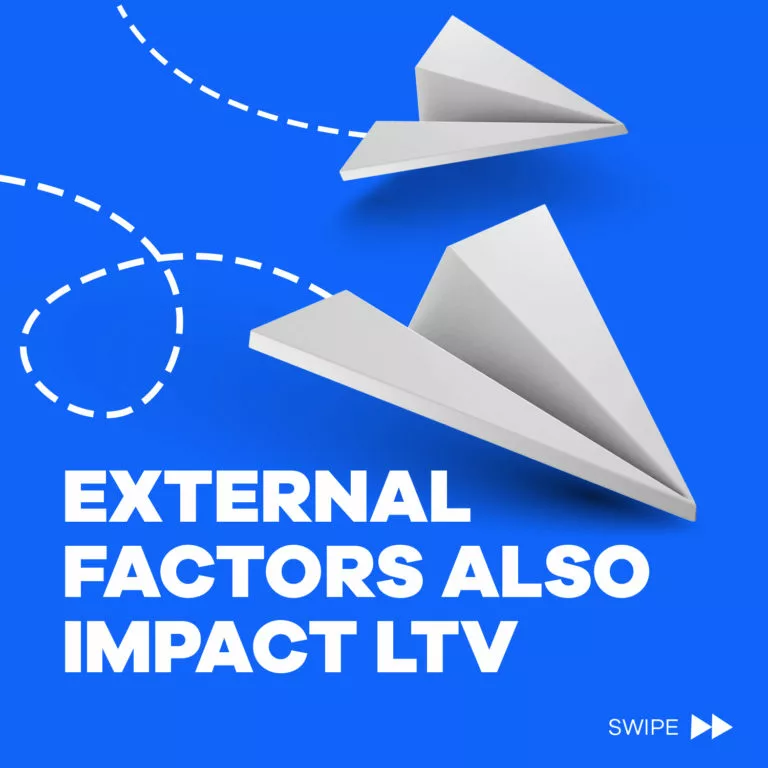
Mehdi Abbassi– Jun 29, 2022
Introduction
Lifetime Value (LTV) is easily one of the most important key performance indicator (KPI) that a developer needs to consider. Data from Lifetime Value (LTV) forecasting can be used to ascertain an estimate of how much revenue a game will generate. Lifetime Value (LTV) forecasting also provides developers with crucial information for marketing strategies.
Despite how fundamental this metric is, many developers don’t have a good grasp of Lifetime Value (LTV) forecasting. TapNation is dedicated to helping our clients achieve their business goals. So, we’ve put together this brief overview of how Lifetime Value (LTV) forecasting works and why it is so important.
What is Lifetime Value (LTV) forecasting?
Lifetime Value (LTV) forecasting predicts how long a user will interact with a game and more specifically how much revenue they may generate in this time. This can be done by looking at the history of a typical user and extrapolating from this data.
A simple method of determining Lifetime Value (LTV) is to ascertain how long user X spent playing game Y and how much money they spent during this time. This figure is then compared to the cost of acquiring a user, known as the cost per install, or CPI. If the Lifetime Value (LTV) of a game is greater than the sum of its CPI, then it should be a profitable investment.
The complexities of Lifetime Value (LTV) forecasting
Of course, predicting Lifetime Value (LTV) is not anywhere near that easy. While this type of historical analysis forms the basis of Lifetime Value (LTV)forecasting, on its own it is not sufficient. To be effective, Lifetime Value (LTV) forecasting must consider a range of complex factors and analytics.
For example, the concept of a user’s in-game ‘lifetime’ can vary wildly. A user may spend as little as a few days or just a week playing a hyper-casual game, whereas a mid-core game could hold their engagement for over six months.
What’s more, the rate of user engagement during these periods may not be consistent. Many games see high levels of engagement and spending within the initial ‘honeymoon’ period. For a hyper-casual game, this peak could be anywhere from three days to three months. Other games may have a steady rate of monetary spend by players over a long period of time, even up to a year or more.
Player and game relationships can be complicated. The dedication a player shows to a game is determined by demographics, branding, genre and even the country the player resides in. All these types of inconsistencies must be considered when ascertaining the typical player lifetime.
These types of complexities underpin the fact that Lifetime Value (LTV) forecasting is not a perfect science. It is a prediction of future behaviour based on past behaviour. Lifetime Value (LTV) forecasting must factor in inconsistencies and account for future trends. The model that is used to determine Lifetime Value (LTV) needs to be sophisticated and flexible.
A look at how to calculate LTV
It is not easy for a budding game development company to research Lifetime Value (LTV) calculation models. Because Lifetime Value (LTV) forecasting is such an important part of game development, many companies keep their exact Lifetime Value (LTV) processes secret.
While we’re not in the business of giving away our trade secrets, below is a short guide to the process we use here at TapNation to ascertain Lifetime Value (LTV) forecasts.
Data collection

The methodology used to forecast Lifetime Value (LTV) must incorporate a wide range of data. TapNation provides our clients with precise Lifetime Value (LTV) forecasts by using a machine learning model that extrapolates from historical data. The old saying ‘garbage in, garbage out’ is a foundation of good Lifetime Value (LTV) forecasting. Every piece of data that could impact Lifetime Value (LTV) must be collected and fed into the algorithm.
Lifetime Value (LTV) calculation can be impacted by:
- Previous historical Lifetime Value (LTV) data
- The country of data origin
- The platforms used
- The media channels used
- Current and past trends
- Seasonality
- The calculation period

Processing LTV data

Before any of this data can be integrated into the machine learning model, it must go through a variety of preprocessing steps. At TapNation, we break these steps into two components:
Data Cleaning – This is where our team carefully go through the accumulated data to manage any missing values and control outliers that may impact the final outcome. Some figures are replaced by averages, data is aggregated and events that may cause income spikes are considered.
Data Structuring – Next, we need to build the appropriate structure of our data bases before any input to the models. This step is very important to assure a good connection between the tables in our data base and to avoid any problem during the training of the model.
TapNation uses two classic machine learning models (random forest and gradient boosting) and an other model built from scratch with a grid search of several hyper-parameters before selecting the most accurate results. The three results are then aggregated under a meta-model. This model is tested against the historical LTV curve over time, which is then expanded to provide LTV predictions.
How Lifetime Value (LTV) forecasting can benefit your company
Every business should have a good grasp of what its Lifetime Value (LTV) is now and what it might be in the future. Lifetime Value (LTV) predictions allow companies to invest in areas that will drive growth without too much risk.
Having a reliable Lifetime Value (LTV) prediction allows a company to allocate a reasonable amount of funds to user acquisition (UA) campaigns. Without a good idea of what your Lifetime Value (LTV) will be, you won’t know if you are potentially spending too much money on user acquisition (UA). Likewise, Lifetime Value (LTV) is a crucial metric when deciding how much to spend on user retention.
Lifetime Value (LTV) forecasts can also be used to identify any weak areas. Lifetime Value (LTV) predictions can show that a game has a long user lifetime rate but low rates of spending. Developers can then focus on strategies to increase in-game purchases.
Taking a good look at a competitor’s Lifetime Value (LTV) can identify what concepts are viable in the marketplace. Ongoing Lifetime Value (LTV) predictions can provide useful metrics to measure growth and profitability. For startups, a solid Lifetime Value (LTV) forecast can demonstrate a game’s feasibility to potential investors.
Reliable Lifetime Value (LTV) forecasting is incredibly important for both fledgling developers and well-established game companies. Whether you already have a game on the market or you are currently in development, TapNation can deliver effective Lifetime Value (LTV) forecasting solutions.

All in all, If you have any further questions about publishing with us and our data tools, check out the publishing page on our site. You can also email us or get in touch via our social channels.



